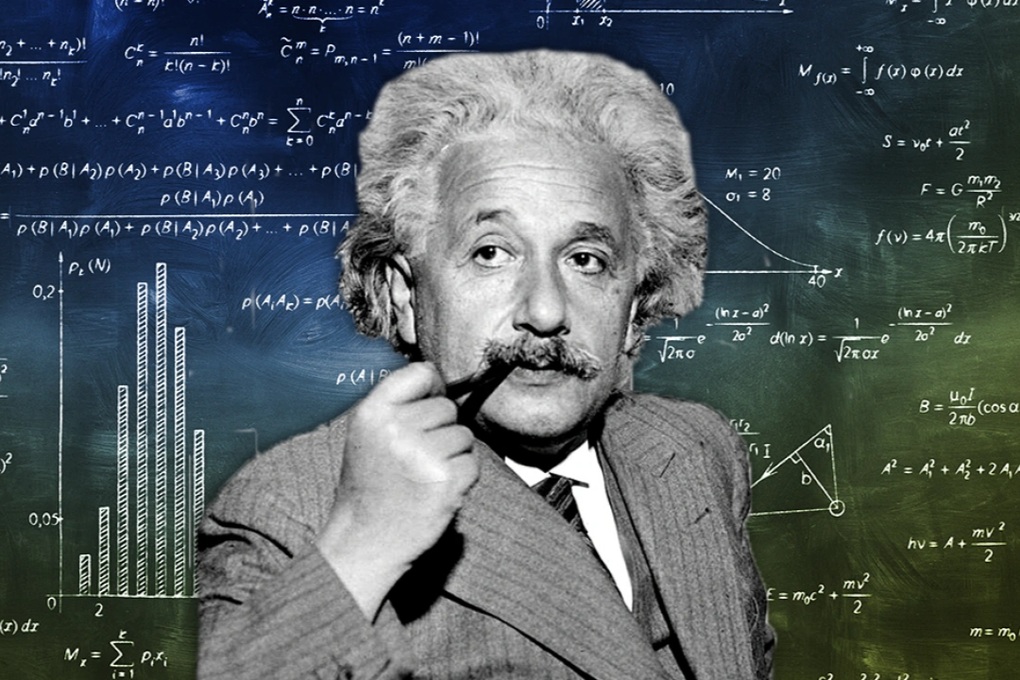
A new physics theory is shaking the foundations of relativity, proposing for the first time a full quantum gravity model without the need for extra dimensions, opening up the possibility that Einstein was wrong about the true nature of gravity (Illustration: Getty).
A newly published theoretical physics paper is a turning point in the effort to decode quantum gravity - one of the greatest mysteries of the universe.
There, for the first time, scientists proposed a theory that could connect gravity to quantum mechanics without the need for controversial assumptions such as extra dimensions. The work, led by physicists Mikko Partanen and Jukka Tulkki (Aalto University, Finland), was published in the journal Reports on Progress in Physics .
In their report, they argue that Einstein's general theory of relativity, although a cornerstone of modern physics, cannot fully explain phenomena at the subatomic level, where quantum physics dominates.
New Approach: Quantum Gravity
The breakthrough in Mikko Partanen and Jukka Tulkki's theory lies in replacing the "curved space-time" model with a system of four interacting quantum fields.
There, these fields do not curve space-time as Einstein described, but interact with mass much as electromagnetic fields interact with electric charge and current.
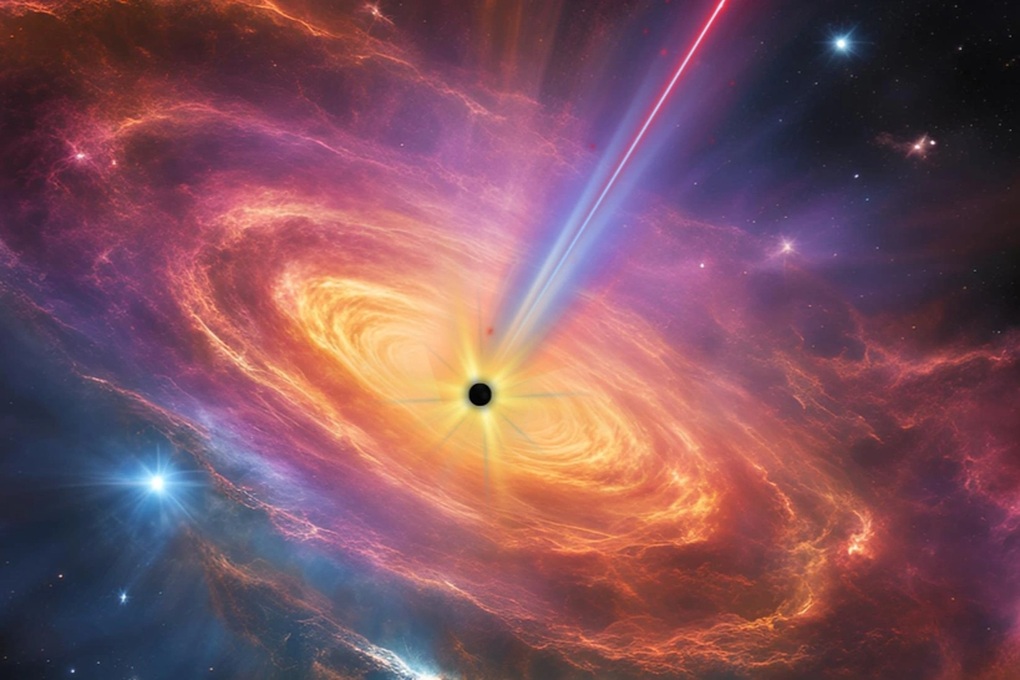
The new theory does not need any free parameters other than the physical constants already available (Illustration: Getty).
What is special is that the model still reproduces general relativity at the classical level, while opening up the possibility of describing quantum effects in a consistent mathematical way. Thanks to that, the theory avoids the unknowns in modern physics such as negative probability, or unphysical infinity.
To do this, the new model does not require the existence of hypothetical particles or unverified tuning parameters, contrary to many other theories.
The authors say their theory uses only known physical constants, which reduces the risk of bias and opens up the opportunity for future experimental testing.
Promising application, but still needs to be tested
Although considered a major step forward, this theory is still in its early stages. Specifically, it cannot solve core problems in cosmological physics, such as the nature of black holes, or the mechanism of the Big Bang.
More importantly, experimental verification remains a challenge, since gravity is the weakest interaction in nature, and its quantum effects are extremely small.
Still, the theory's potential is huge. If correct, it could not only quantify gravity—something scientists have been chasing for nearly a century—but also contribute to a theory of everything that unifies all the forces of nature into a single mathematical model.
Researchers are optimistic that, with advances in measurement technology and experimental equipment, the first indirect evidence or experimental signs of quantum gravity could appear in the next few decades.
If confirmed, it would not only redefine gravity, but also show that Einstein, great as he was, could have been wrong.
Source: https://dantri.com.vn/khoa-hoc/ly-thuyet-moi-thach-thuc-thuyet-tuong-doi-einstein-da-sai-20250527070318079.htm







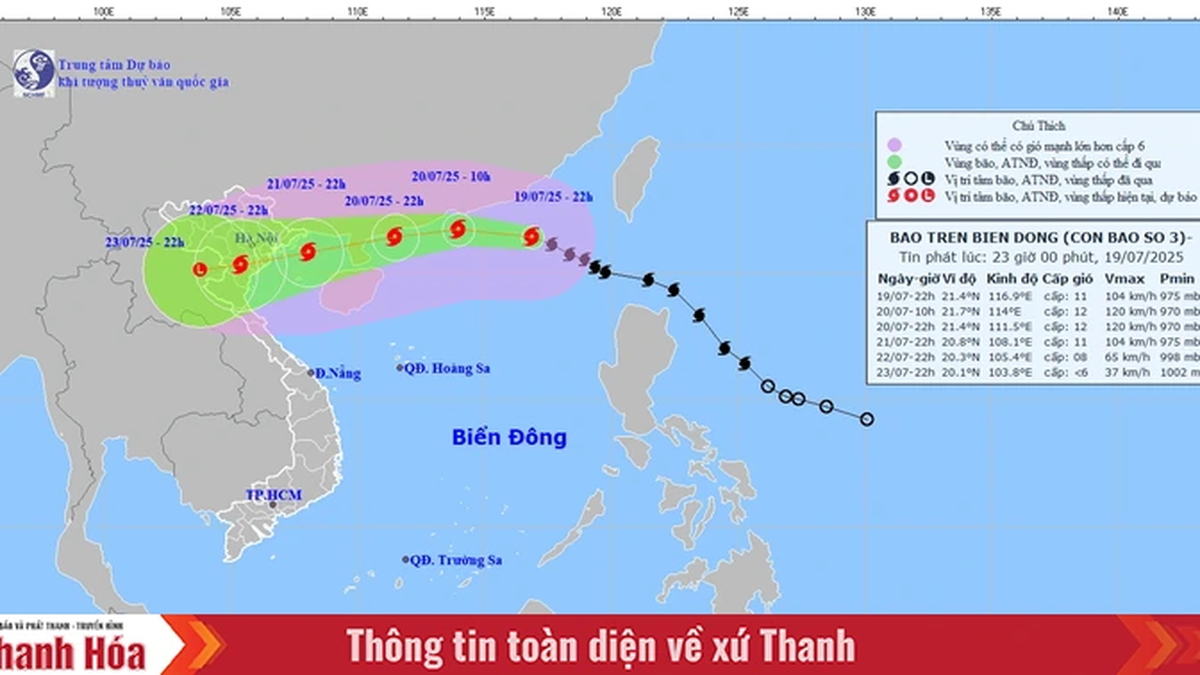

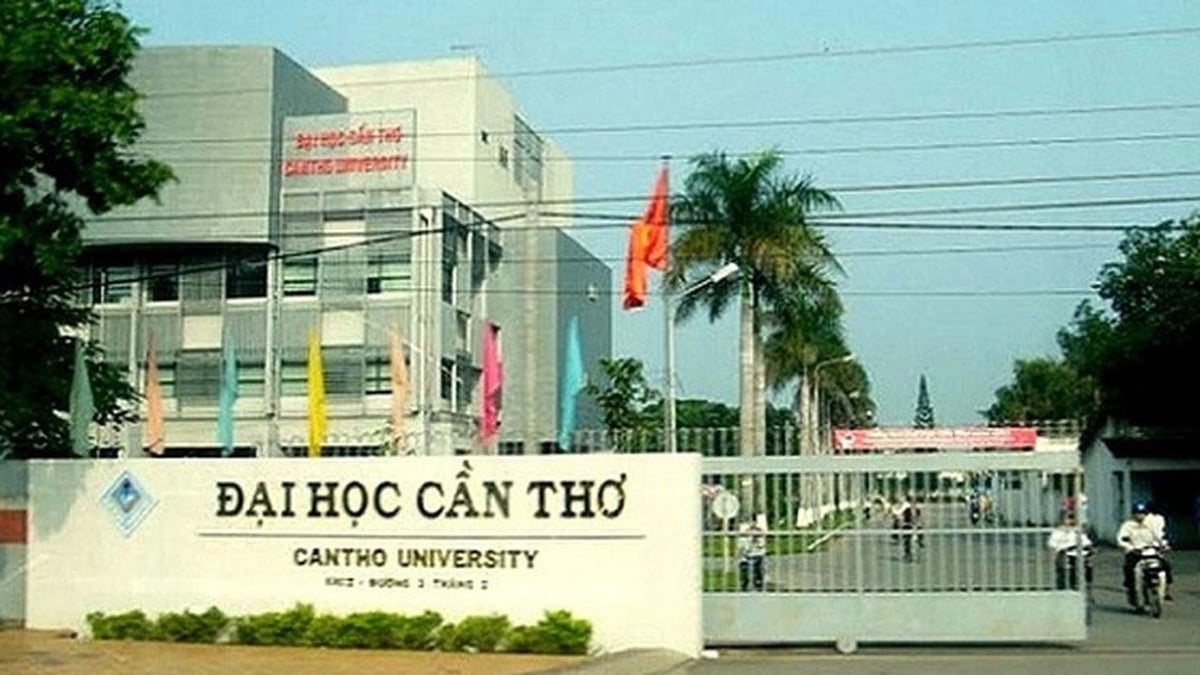




















































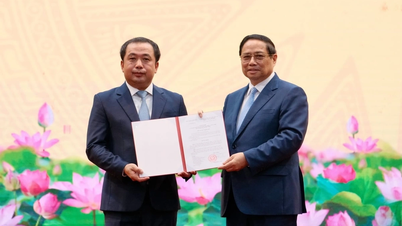
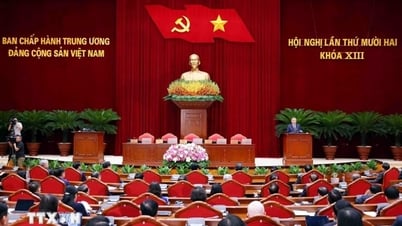





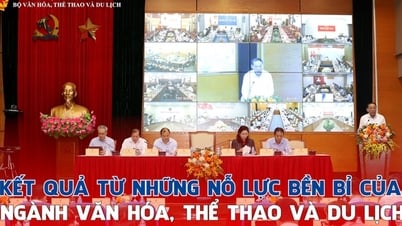

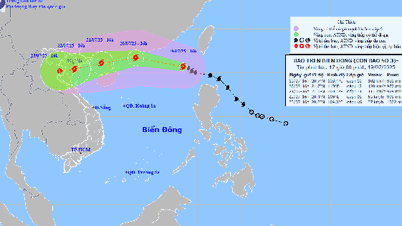

























Comment (0)